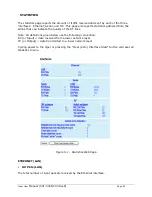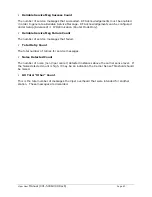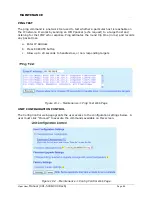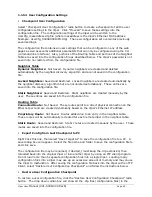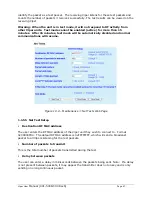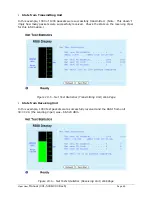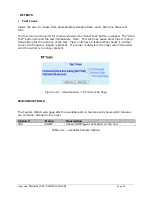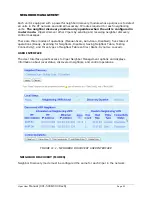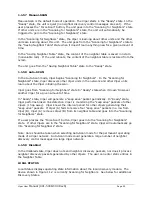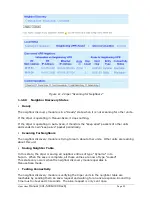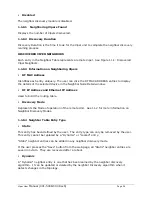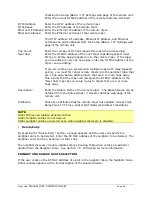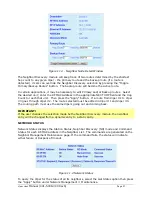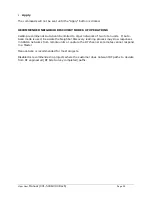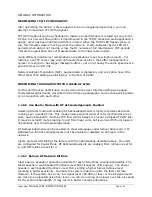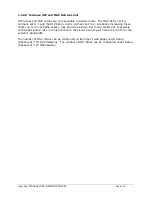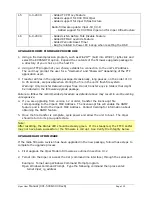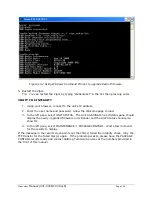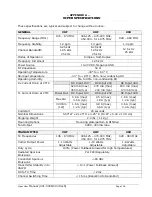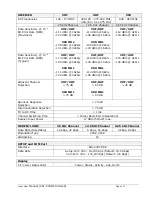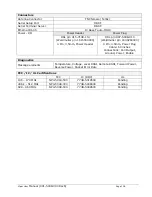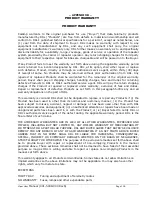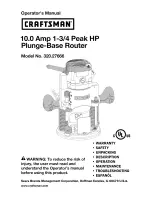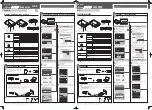
Viper User
Manual (001-5008-000 Rev6)
Page
95
Locked
A "Locked" neighbor entry is a "Dynamic" neighbor entry saved into nvram. The "Locked"
neighbor entry behaves like a "Dynamic" neighbor except it is saved into nvram and will be
recovered after a reboot.
1.1.65
Route to Neighboring Vipers
Hop Count and Next Hop
Indicates the route the remote Viper can be reached - when HOP COUNT is 1, the device
can be reached directly. When HOP COUNT is more than 1, it can be reached by passing
though another Viper as identified by the NEXT HOP field.
CONTROL
OPERATIONS
Clear List
Clears the entries in the list and routing tables. If Auto-Scan is enabled, the neighbor list
will be repopulated automatically. If Manual-Scan is enabled, the neighbor list can be
repopulated by clicking the “Force Scan” button.
Force Scan
Starts the Scanning for Neighbors process.
Test Connectivity
Pings each Viper in the list to ensure an RF path between the units.
Add Static Entry
By pressing the “Add Static Entry” button, a popup appears and the user can add a new
static neighbor entry. To create the new neighbor, completely fill in all the information
asked for in the pop-up window. The requested fields are described below. Finally, the user
must press the “Apply” and “Save Config” buttons for the new entry to be added to the
network Routing Table. When a Static Neighbor entry is created, all IP routes to that
neighbor are created.
RF MAC Address:
The default RF MAC address is the last six digits of the Ethernet MAC
that is found on the label on the bottom of the Viper. Also you can
verify the current RF MAC that is being used in the remote radio by

